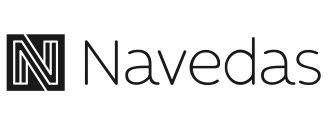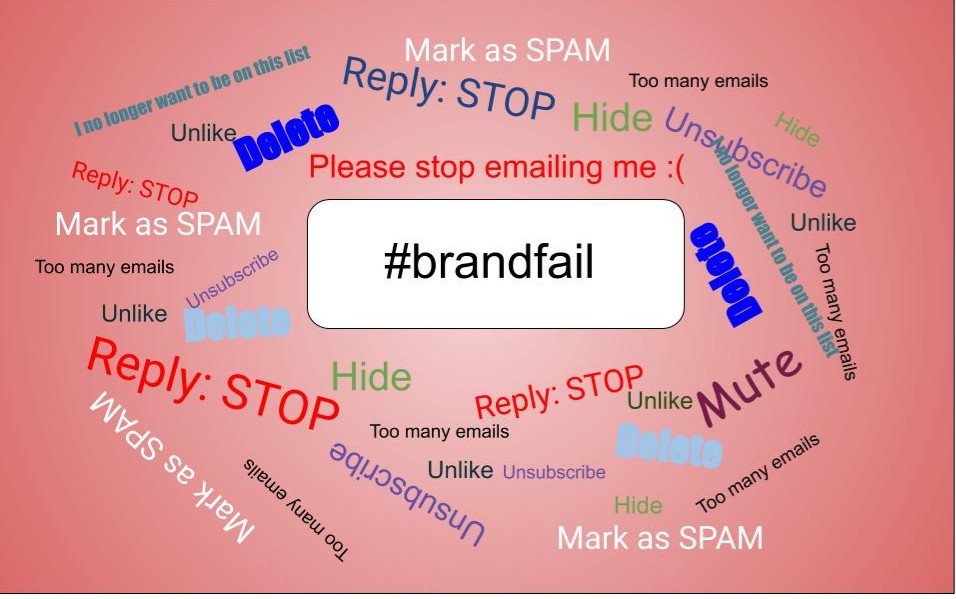
05 Jun B2C Personalization Power in Customer Engagement
If your communication doesn’t include B2C personalization you’re missing something – your customer:
Bev keeps getting emails from a clothing retailer that she bought a dress from. She liked the dress, but is liking the company less and less. Every email links to a list of thousands of items. She has to apply multiple filters to just to see the adult, petite clothing that might fit her.
Unsubscribe.
Gerry signed up for text alerts after buying concert tickets. He checked the boxes for Rap, RnB and Alternative music but keeps getting texts for Country and Folk acts. There are no cowboy hats in his closet.
Reply: ‘Stop’
Pilar bought thousands of dollars in wine and beer from a single retailer for a family party. She joined their point system and list and filled out a survey. However, she is 3,000 points from her first reward and none of the coupons she’s received are for brands she purchased.
<Delete>
<Delete>
<Delete>
Social media rant
Communication has evolved swiftly. With multiple platforms and 24/7 worldwide connection the boundaries of access have melted. Cool? Yes, but with this access comes greater noise and a change in how we communicate. B2C personalization allows you to rise above the noise, be heard, and be remembered for providing what customers need.
Omnichannel Access
Per Zendesk’s 2019 Customer Experience Trends report, customers are demanding more omnichannel access to brands. However, understanding the best practices in each of these forms of communication is key to effective customer connection.
Social media is an umbrella for multiple platforms that each have different algorithms and communication styles. That witty one liner that works in Twitter’s short-lived feeds of 140 characters doesn’t fit Youtube. You need to know the platforms your customers are using, how and when they are using them.
To understand what works for your brand base you need data. The work it takes to be listening to your customers across channels and parsing that data has great potential ROI.
According to Accenture’s “Personalization Pulse Check” 2018 surveying 8,000 customers across the world: “91% of consumers are more likely to shop with brands who recognize, remember and provide relevant offers and recommendations.” 91%!
Make Each Touch Count
Phone, email, text, socials, video content – no wonder people enter sensory deprivation chambers to unplug. Customer focus is split in many directions which can be exhausting. With such sensory overload, customers are being more selective about who gets their attention. Businesses need to understand and flow with these changes to make customer engagements meaningful enough to earn that attention.
Building Trust
Trust is a huge part of any relationship, even B2C. You can reduce barriers to trust by regular contact “in a meaningful way” that shifts you from short term to long term memory, per John Hall CEO of Influence & Co.
It takes time to build trust but it can be destroyed pretty quickly. General spamming of ads is not targeting. Customers do need to see your brand often enough to keep it top of mind, but not so often they begin to tune your brand out or delete or hide or mute you.
Also, per Accenture’s report, 83% of customers are up for sharing their information with a company if it means a great experience AND they have control over how their info is used. Be upfront with your customers and respect their data and their preferences.
Don’t let your business be the equivalent of the person who gets their partner a bouquet of flowers they are allergic to in a color they hate and then expects a hug.
Personalization vs. Stalking
Your customers like having new products shown to them that accurately reflect their interests and needs. That doesn’t mean they want their phone to blow up with your texts. It is important to find the sweet spot of individualized service that isn’t obtrusive, aka creepy.
Per Vince Jeffs informative and funny article at CustomerThink: “Creepy land is that forbidden zone where consumers call out businesses for using personal data and revealing insights that are a bit too private.” It is important to find that icky line and not cross it.
Remember the trust you’ve spent time building can be blocked by one step over that line. Jeffs brings up the caveat that the line changes depending on everything from laws to where in the relationship development you are with your customer.
Creepy or Just Stupid
Sometimes the line isn’t so much creepy as it is ridiculous. Examples Jeffs give include: “In 2014, Pinterest managed to spam a major segment of customers when they sent emails to unengaged women congratulating them on their upcoming weddings. And Shutterfly made an even bigger spam faux pas that same year, congratulating women on the birth of babies they didn’t have.”
<mark as SPAM>
Target went further, using their ‘pregnancy prediction score’ they outed a pregnant teen to her Dad by sending her coupons for baby items.
It sounds overwhelming, but applying customer data responsibly is necessary. Test marketing in advance and acquiring data on customer sensitivity helps you avoid awkwardness.
Ask yourself questions to refine your B2C personalization strategy. For example:
Not everyone likes birthdays or feels comfortable entering their birth date. Do you know which customers love a personalized birthday special and which would prefer a surprise random one? Do you give them the option or only offer a birthday gift requiring customers to either give their personal info or miss out? Besides, what is someone supposed to do with 10 free dinners on a single day? Why not celebrate the day the customer joined?
Use B2C personalization in customer engagement well and trend with #brandenthusiast not #brandfail.
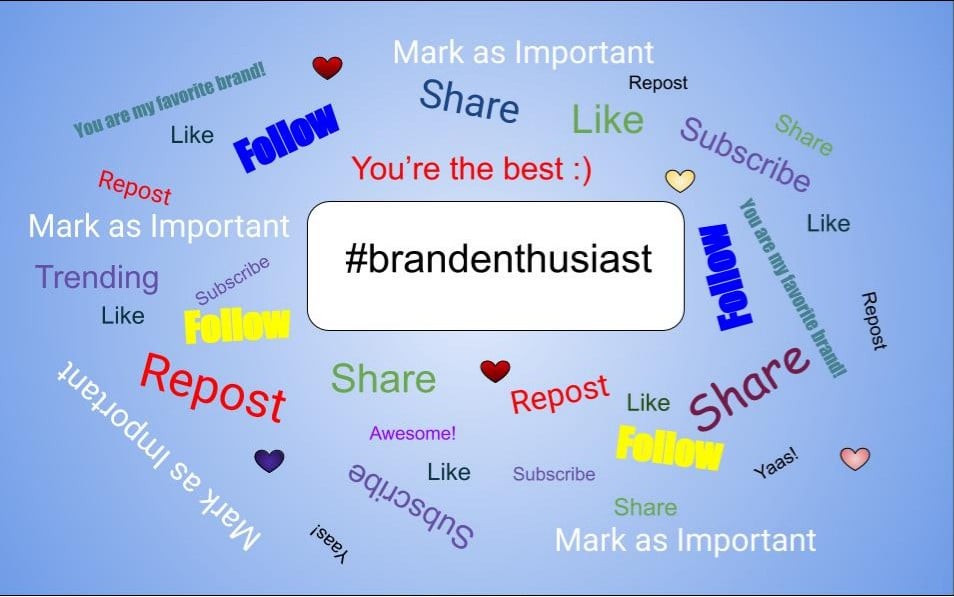
How are you using B2C personalization? Let us know on Facebook and Twitter.
